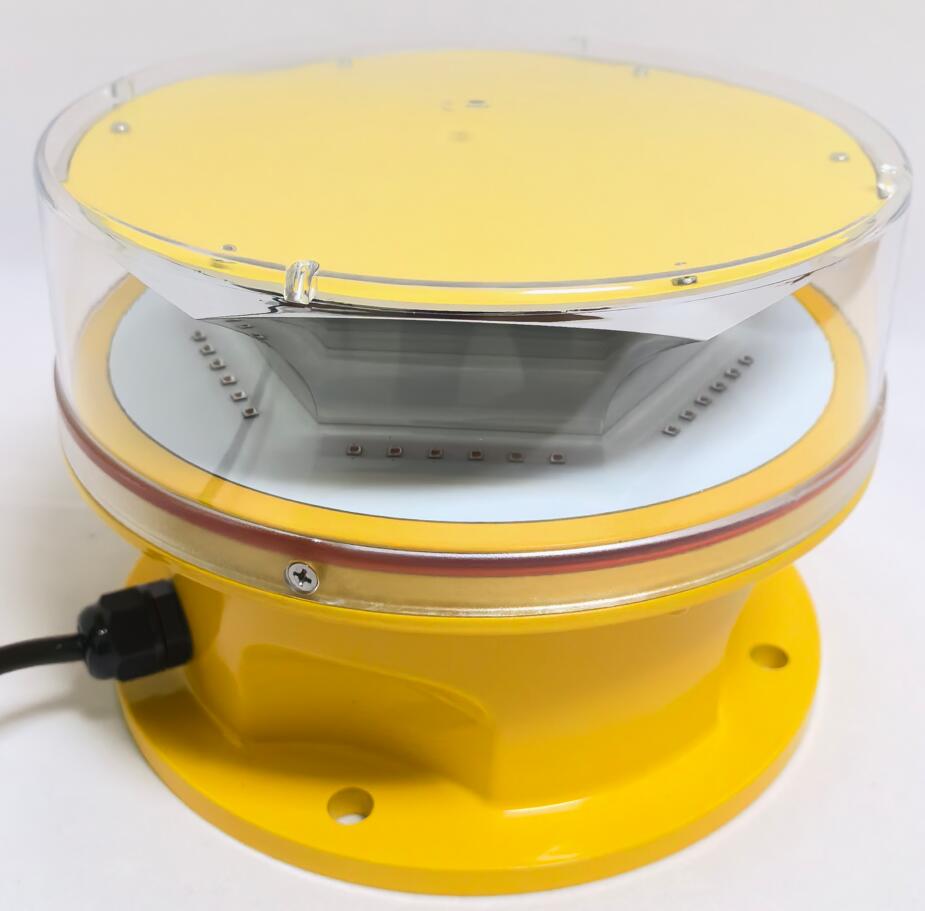Exploring the Varieties of Aviation Obstruction Lights: A Comprehensive Guide
Aviation obstruction lights are critical safety devices installed on tall structures, such as buildings, towers, and wind turbines, to alert pilots of potential hazards. These lights help prevent collisions by ensuring visibility during both day and night. Different types of aviation obstruction lights are designed to meet various regulatory requirements and environmental conditions. This article explores the key categories, their applications, and technological advancements.
1. Low-Intensity Obstruction Lights (L-810)
Low-intensity obstruction lights are typically used on structures below 45 meters (148 feet) in height. These lights are suitable for areas where the risk of collision is relatively low, such as small buildings or rural structures.
Key Features:
Red or white steady-burning lights
Low power consumption
Compliance with FAA (Federal Aviation Administration) and ICAO (International Civil Aviation Organization) standards
These lights are often installed in pairs to ensure redundancy in case of a bulb failure.
2. Medium-Intensity Obstruction Lights (L-864 & L-865)
Medium-intensity obstruction lights are required for structures between 45 and 150 meters (148 to 492 feet). They are further classified into two subtypes:

a) Type A (L-864 – White Flashing)
Used during daytime and twilight
Emits high-intensity white flashes (40 flashes per minute)
Ideal for tall structures in urban environments
| Aviation Obstruction Lights |
b) Type B (L-865 – Red Steady or Flashing)
Primarily used at night
Can operate in steady-burning or flashing mode
Commonly seen on communication towers and power lines
These lights enhance visibility in varying weather conditions and are often combined with low-intensity lights for optimal safety.
3. High-Intensity Obstruction Lights (L-856 & L-857)
For structures exceeding 150 meters (492 feet), high-intensity obstruction lights are mandatory. These powerful lights ensure maximum visibility, even in adverse weather.
| Aviation Obstruction Light |
Key Characteristics:
White strobe lights (L-856) – Used during daytime
Dual lighting systems (L-857) – Combines white strobes for daytime and red lights for nighttime
High luminosity (up to 200,000 candela)
These lights are commonly installed on skyscrapers, telecommunication masts, and wind turbines.
4. Dual Lighting Systems
Some structures require a combination of different obstruction lights to comply with aviation regulations. Dual systems integrate medium- and high-intensity lights, automatically adjusting based on ambient light conditions.
Advantages:
Energy efficiency (switches between modes)
Enhanced reliability (redundant lighting)
Regulatory compliance (meets both FAA and ICAO standards)
5. Solar-Powered Obstruction Lights
With the growing emphasis on sustainability, solar-powered obstruction lights have gained popularity. These lights are ideal for remote locations where grid power is unavailable.
Benefits:
Environmentally friendly
Low maintenance
Self-sustaining energy source
6. LED Technology in Obstruction Lights
Traditional incandescent and halogen bulbs are being replaced by LED-based obstruction lights due to their superior performance.
Advantages of LED Lights:
Longer lifespan (up to 100,000 hours)
Lower energy consumption
Higher brightness and reliability
Aviation obstruction lights play a vital role in aerial safety, with different types catering to varying structure heights and environmental conditions. From low-intensity red beacons to high-intensity strobes, each type serves a specific purpose. Advancements in LED and solar technology continue to improve their efficiency and sustainability. Understanding these variations ensures compliance with aviation regulations and enhances flight safety worldwide.
By selecting the appropriate obstruction lighting system, engineers and regulators can significantly reduce collision risks, safeguarding both aircraft and ground-based infrastructure.
